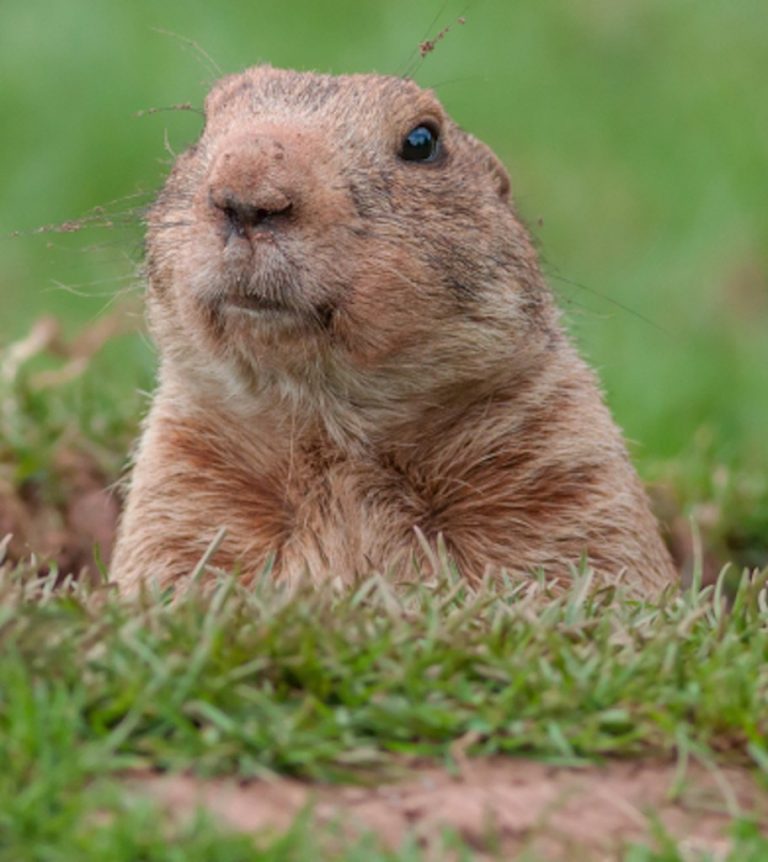
Ground hog day
(Updated February 3, 2025)
Yesterday was Groundhog Day here in America — a day designated to the furry creature who emerges from his burrow to determine whether or not spring is in the air. As the folklore tale goes, if the groundhog comes out of his burrow and can’t see his shadow — typically because the sun is blocked by clouds — spring will come soon. But, if he sees his shadow, we will have six more weeks of winter. Yesterday, Punxsutawney Phil, the legendary Pennsylvania groundhog saw his shadow, and retreated back to his underground home to hibernate for another six weeks of winter.
Depending on where you live in the USA, you could have your own groundhog looking for his shadow. However, as has been the case every Groundhog Day for decades, thousands of people typically trek to what is the largest celebration — in Punxsutawney, Pennsylvania — where Phil the groundhog makes his rightful appearance as the star meteorologist. He is the furry creature who will determine if we hide from winter another six weeks or start readying for spring.
After what has been a particularly cold and somewhat brutal winter thus far in the North and Northeast, six more weeks of winter may not be very welcome. But, of course, if we look at time and the calendars realistically, winter isn’t set to end anyway until March 20 — the Spring Equinox. That is seven weeks away — so the timing is pretty much on point. Not that Punxsutawney Phil has a watch to set the time by. Maybe he should? If he did, what watch would it be?
Another concept to think about: why do we care so much about his shadow and the weather. Actually, in America, we have been celebrating this day since 1886 and back then, farmers cared because they planned their crops around the seasons. Early spring meant they had to get right to work. New England farmers, called February 2 “Half-Hay” day because by February 2, if they didn’t still have half their hay remaining to last the rest of winter (no matter what the groundhog saw), times could be tough for the livestock until the green grass of spring sprouted. While we have more scientific ways to track weather, this old tradition lives on.





